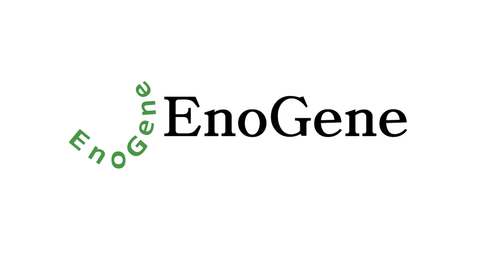Product Description
Rat DNA polymerase delta catalytic subunit (POLD1) ELISA Kit | AE26731RA | Abebio
Species Reactivity: Rat (Rattus norvegicus)
Abbreviation: POLD1
Alternative Name: CDC2; POLD; CDC2 homolog|DNA-directed DNA polymerase delta 1|DNA-directed polymerase delta 1
Application: ELISA
Range: 0.156-10 ng/mL
Sensitivity: 0.054 ng/mL
Intra-Assay: ≤4.2%
Inter-Assay: ≤8.5%
Recovery: 1, 02
Sample Type: Serum, Plasma, Other biological fluids
Detection Method: Sandwich
Analysis Method : Quantitive
Test Principale: This assay employs a two-site sandwich ELISA to quantitate POLD1 in samples. An antibody specific for POLD1 has been pre-coated onto a microplate. Standards and samples are pipetted into the wells and anyPOLD1 present is bound by the immobilized antibody. After removing any unbound substances, a biotin-conjugated antibody specific for POLD1 is added to the wells. After washing, Streptavidin conjugated Horseradish Peroxidase (HRP) is added to the wells. Following a wash to remove any unbound avidin-enzyme reagent, a substrate solution is added to the wells and color develops in proportion to the amount of POLD1 bound in the initial step. The color development is stopped and the intensity of the color is measured.
Product Overview: The DNA polymerase delta complex is involved in DNA replication and repair, and it consists of the proliferating cell nuclear antigen (PCNA), the multisubunit replication factor C, and the 4 subunit polymerase complex: POLD1, POLD2, POLD3, and POLD4. The enzyme is 94% identical to bovine DNA polymerase delta and contains the numerous highly conserved regions previously observed in the bovine and yeast enzymes. The human enzyme also contains 2 putative zinc finger domains in the C-terminal region of the molecule as well as a putative nuclear localization signal at the N-terminal end.WRN functionally interacts with DNA polymerase delta, which is required for DNA replication and DNA repair.
Stability: The stability of ELISA kit is determined by the loss rate of activity. The loss rate of this kit is less than 5% within the expiration date under appropriate storage condition. The loss rate was determined by accelerated thermal degradation test. Keep the kit at 37°C for 4 and 7 days, and compare O.D.values of the kit kept at 37°C with that of at recommended temperature. (referring from China Biological Products Standard, which was calculated by the Arrhenius equation. For ELISA kit, 4 days storage at 37°C can be considered as 6 months at 2 - 8°C, which means 7 days at 37°C equaling 12 months at 2 - 8°C) .
 Euro
Euro
 USD
USD
 British Pound
British Pound
 NULL
NULL












